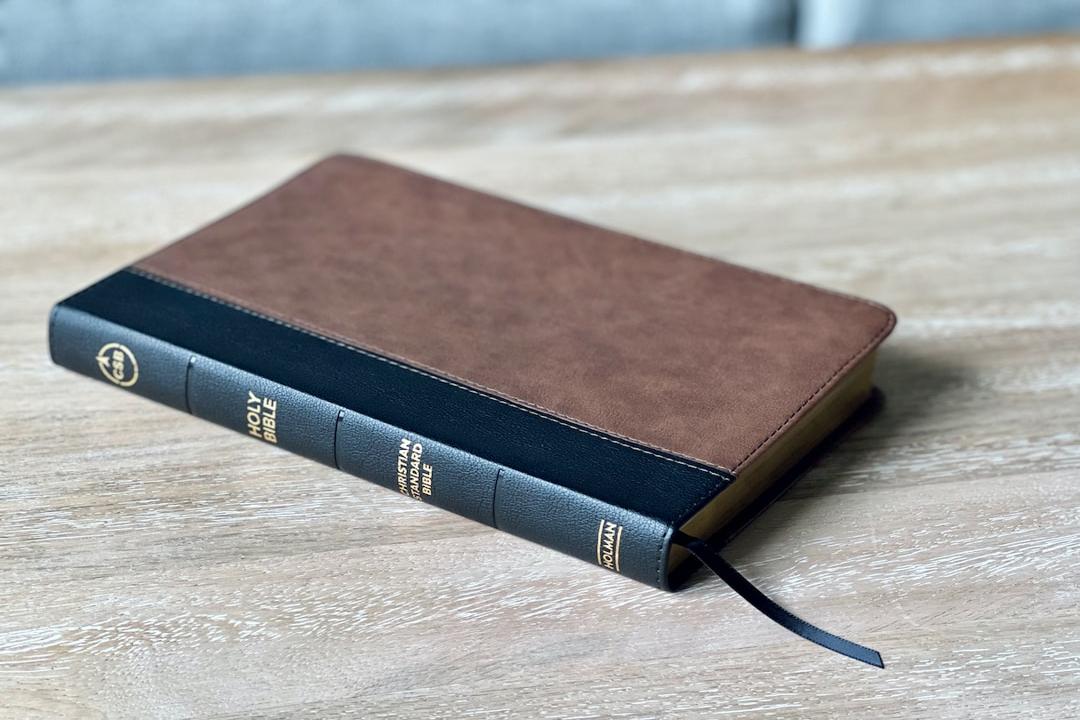Original Author: DaFi Weaver, BlockTempo
Justin Sun, the founder of Tron, made a bold move by purchasing Pendle PT tokens, enjoying a low-risk arbitrage operation with nearly a 20% annual return rate, which has become the focus of community attention. This article will explain where the benefits of this operation come from, discuss related risks, and provide risk mitigation strategies for readers to consider.
Sun’s Arbitrage Method
First of all, according to on-chain analysts Yu Jin and Ai Yi, Sun’s recent operations are as follows (the following image shows Sun’s positions in Pendle):
A total investment of 3,000 ETH, all invested in Ethereum re-staking projects expiring on June 27th, including:
Ether.fi: 20,000 ETH purchased 20,208.93 PT-weETH;
Puffer: 10,000 ETH purchased 10,114.11 PT-pufETH;
Kelp: 3,000 ETH purchased 3,025.91 PT-rsETH
In the case of Ether.fi, this means that if Sun holds until expiration, he can redeem the value of 20,208.93 ETH equivalent weETH (note: this is not equivalent to 20,208.93 weETH, as the exchange rate between weETH and ETH is not 1:1, as shown in the image), and the amount of ETH that weETH can be exchanged for depends on the market conditions. For simplicity, assuming a 1:1 exchange rate between weETH and ETH, Sun can earn a return of 1% within 22 days if held until expiration, equivalent to an annualized rate of 17.33%.
Similarly, the annualized return rates for Puffer and Kelp investments are 18.93% and 14.33% respectively. The total investment’s annualized return rate reaches a high of 17.54%.
Pendle Chinese community ambassador ViNc describes Pendle’s PT as similar to short-term debts on the chain, enjoying good liquidity, close to cash value upon redemption (when viewed in ETH terms), short duration, and excellent risk-return ratio. So, where does the income from PT come from? This requires an understanding of the basic operation of the Pendle protocol.
Pendle is a permissionless yield-trading protocol that packages yield-bearing tokens into standardized yield tokens (SY, such as weETH → SY-weETH, this encapsulated version is compatible with Pendle AMM), and splits SY into PT (principal token, principal part before yield-bearing token maturity) and YT (yield token, representing the right to receive income during this period and sold to other buyers). Because the monetary value of YT is separated, the principal part (i.e., PT) can be sold at a lower price.
Pendle has three main ways to participate:
1. Buying PT: PT allows holders to redeem underlying assets after expiration and can be sold at any time. For example, buying 1 PT-weETH with 0.9 ETH at the beginning of the period can be redeemed for weETH worth 1 ETH at expiration. The 11% increase between 0.9 ETH and 1.0 ETH is Pendle’s Fixed Yield strategy, which is the strategy Sun has adopted.
2. Buying YT: Allows holders to receive all income and airdrop points generated by the underlying assets before the expiration date and can also be sold at any time. For example, holding 1 YT-weETH means having the right to receive all income and points generated until the expiration date.
3. As a Liquidity Provider (LP): LP’s income includes PT income + SY income + ($PENDLE emissions + pool transaction fees).
Method to Avoid Price Risk: Borrowing and Shorting
Despite the attractive returns, the risks of using Pendle mainly include smart contract risks, operational risks, and price risks (in terms of the U currency. If viewed in coin terms, the strategy of buying PT is profitable).
To further mitigate price risk, i.e., losses from a price “drop,” one can try opening short contracts on exchanges as a countermeasure, but this requires consideration of liquidation risks and funding rates. If successful, fixed income can be obtained, as shown below:
Buying 1 ETH at $3,800, on the market of Ether.fi expiring on June 27, you can exchange it for 1.01 PT eETH, which means a net profit of about 0.01 ETH at expiration.
To avoid the price drop of ETH, open a short position worth 1 ETH on the exchange and close the short position at expiration along with selling 1 ETH. This way, in addition to recovering the cost of $3,800, you also gain a stable income of 0.01 ETH.
Another method is the break-even strategy proposed by Alvin (which was recently reposted by the official Pendle), which involves borrowing money to buy PT. Following the same example:
1. Borrow 1 ETH from a CEX / DEX.
2. Use the borrowed ETH to buy 1.01 PT eETH.
3. Redeem eETH worth 1.01 ETH at expiration and repay 1 ETH.
4. The remaining ETH is the stable income, estimated to be about 0.01 ETH, depending on the market conditions of eETH and ETH.
This strategy needs to consider whether the stable income can exceed the borrowing costs, as otherwise, there is still a possibility of loss.
Original Article Link: [Link]

